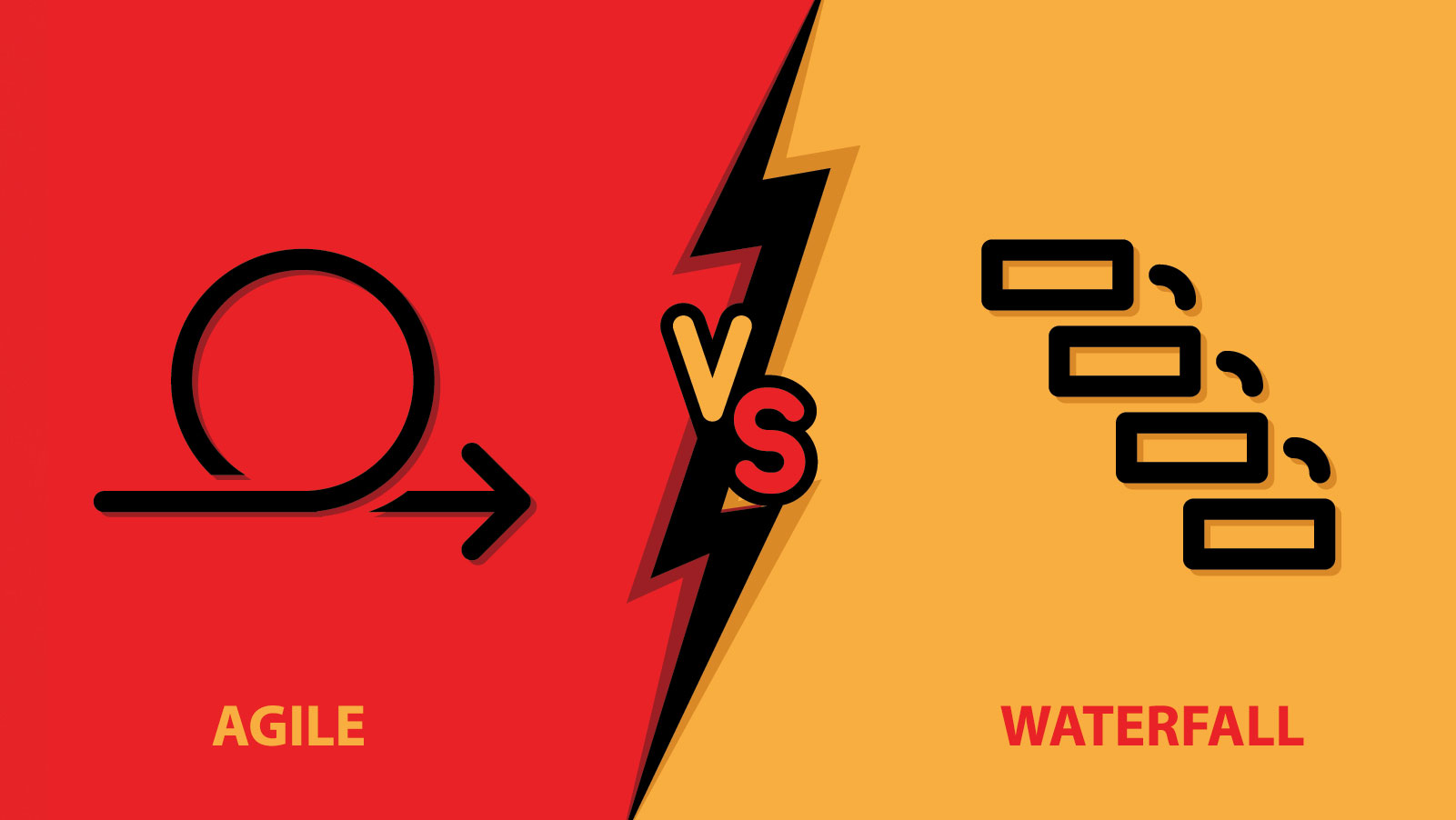Waterfall vs Agile Delivery: Which is Best?
"Use the right tool for the job son." This is my first article and when picking a topic, I wanted something thought-provoking, even controversial. I...
2 min read
Pamela Melville
:
Sep 4, 2018 12:00:00 AM

Are you thinking of putting in a piece of technology to support your business? Does the technology look easy enough to install without professional help, with only you and your internal team to get it done? Answer these two questions then when choosing whether to hire a vendor or not:
literally asks if you can wait for the results you want from the new technology. There is a learning curve with new technology. Not everything goes perfectly. Ask yourself honestly not if you have the skills to implement the new tech but rather if you have the time to figure something out when you get stuck and if you can indulge in the luxury of time spent waiting to benefit from using the new technology while figuring out the install.
“Do you have time?” also wonders if you (or your team) literally have nothing else to do, if you have plenty of “spare” time. Avoid asking people to multi-task, especially if one of the tasks is important (e.g. implementing new technology). If you ask busy people to put in new tech as a new chore for their day job, they will likely take shortcuts while missing small details with big impact during the long term.
By the way, “Do you have time?” can also reference the full duration of the implementation. What happens if your business-mission workloads increase and your previously idle people are now needed to get “real” work done? Does the new technology implementation get shelved?
Assuming your answer to “Do you have time?” is yes, next ask, “Which choice (DIY or hire a vendor) is cheaper?” by looking at costs comprehensively. As long as your internal salaries are lower than vendor services rates, if your only variable for cost is NPV cash flow dollars, the answer will always be Do It Yourself unless you are truly honest with the magnitude of the learning curve your team faces. Remember – vendors have already faced the learning curve.
Looking at current out-of-pocket dollars usually ignores both tangible and intangible future out-of-pocket costs (cash flow dollars) as well as opportunity costs (benefits lost by investing on DIY efforts instead). Here is a brief listing of some costs and benefits you may want to consider for DIY:

"Use the right tool for the job son." This is my first article and when picking a topic, I wanted something thought-provoking, even controversial. I...

A Strategic Wake-Up Call Let’s be real: no one loves unexpected business disruption. But Microsoft’s recent announcements at Ignite, especially...

Over my 25-year career in Project and Portfolio Management, Software Development, and consulting, I have had the opportunity to see many...